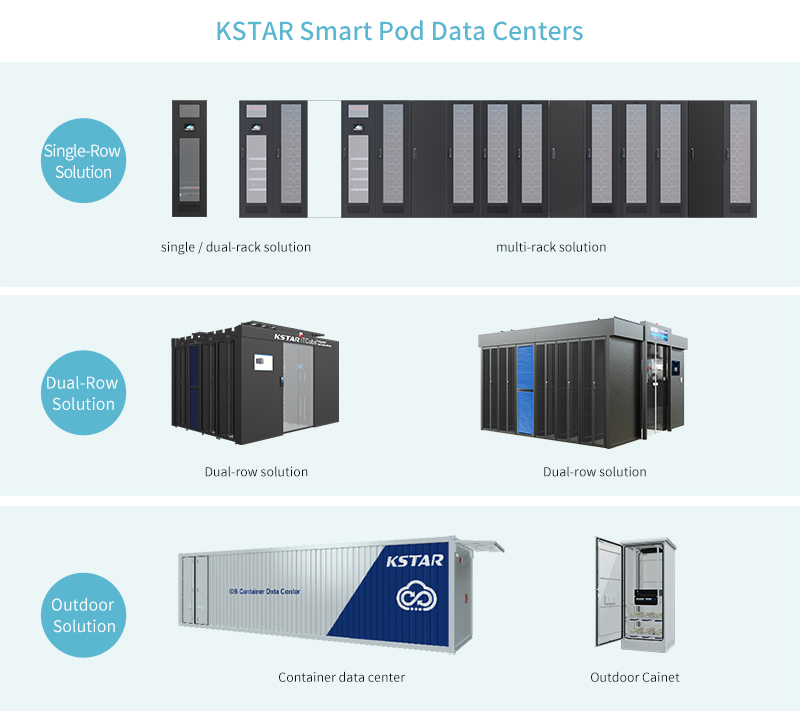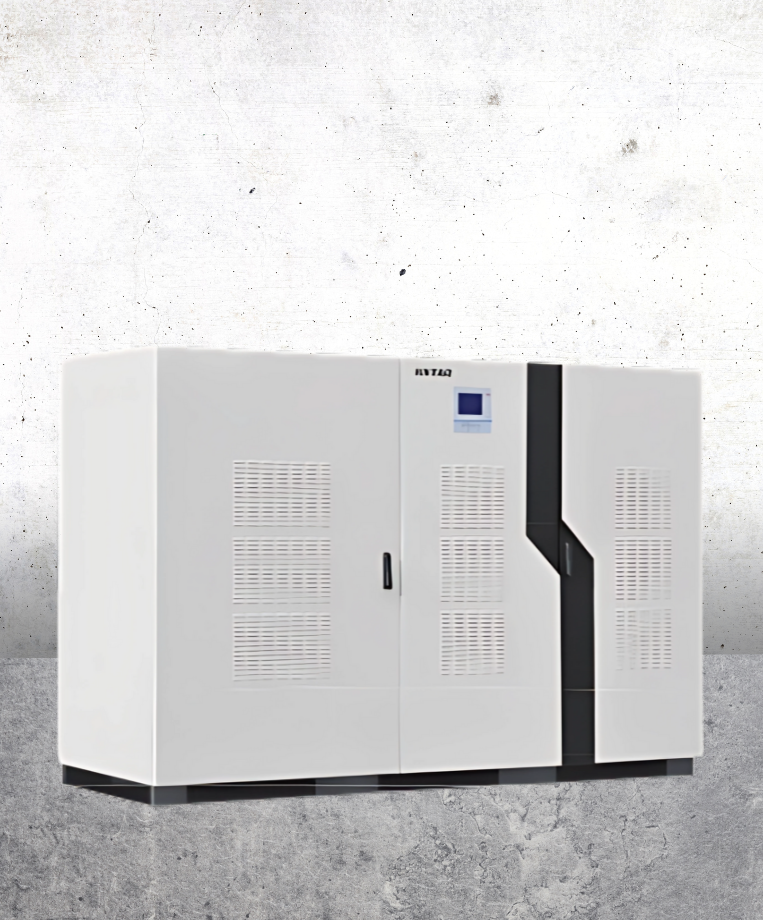At Astute, we’re committed to making your shopping experience for computer UPS systems smooth, secure, and transparent. From placing an order to tracking delivery, our process is designed for simplicity and speed. We offer multiple payment options with clear tax details at checkout. In case a product doesn’t meet your expectations, our hassle-free return and refund policy ensures peace of mind. Plus, your privacy and personal data are protected at every step. Browse, order, and power up your devices with confidence.
When choosing between off-grid solar inverters and grid-tied inverters, it’s essential to understand the key differences.
Off-grid inverters rely on solar power and operate independently, allowing you to be completely disconnected from your grid supplier. They are ideal for remote locations with limited or no access to the grid and for those who want to ensure energy security. However, they require battery storage and can be more expensive upfront.
In contrast, grid-tied inverters are connected to the utility grid, allowing you to export excess energy and receive credits. They are generally cheaper and easier to install but depend on the grid for power. The choice depends on your energy needs and circumstances.
An off-grid inverter is a critical component of a solar power system that operates independently from the grid. Unlike grid-tied systems, an off-grid inverter converts DC power from solar panels or batteries into AC power. This type of inverter allows households and businesses to be self-reliant, providing electricity during power outages or in remote locations without access to the power grid. It ensures a continuous and reliable power supply by managing and storing energy effectively. Understanding the functionality and benefits of off-grid inverters can help you make an informed decision when considering alternative energy solutions for your home or business.
CRAC Unit (Computer Room Air Conditioner Unit) is the equipment that monitors and maintains the temperature, air distribution and humidity in a network room or data center.
The cost of Computer Room Air Conditioner Units (CRAC Unit) varies by brand, capacity and technology. For example, a KSTAR 12.5KW CRAC unit costs about 2500 – 3000 US dollars.
Besides the cost of the devices, the installation fee is not cheap. Figure out if the supplier installs the CRAC units for you. Otherwise, you need to pay the installation fee.
About Kstar:
Kstar is one of the top ten brands of precision air-conditioning units in China. According to ICT research, Kstar sold $8.7 million of CRAC units in 2021, a 51% increase from the previous year.
Get more prices of KSTAR CRAC units OR join our global partner plan by contacting our sales team. Email:sales@kstar.com
Figgener told Energy-Storage.news: “Until now, an energy storage system was either defined as a generation or a consumer asset based on whether it was discharging or charging. That is why regulation was extremely complex for storage, as it was originally defined for completely other assets in a traditional energy system.”
“This resulted in unfavourable regulation, complex exceptions, and thus hurdles and investment insecurity. With the new definition, regulations can be set up explicitly for energy storage to avoid these problems.”
Urban Windelen, Federal Managing Director BVES, said in a press release: “With the new definition, the energy storage industry is finally getting a suitable legal foundation. We can finally build on this and develop a stable regulatory framework for the system integration of energy storage systems that is so important.”
In addition to the new definition for energy storage, eligibility for a more streamlined digital grid connection process which was initially only intended for solar PV resources has been expanded to other energy transition assets such as energy storage. This will further remove bureaucratic obstacles and simplify and accelerate the rapid expansion of energy storage, BVES said.
However, the association warned that a technical error had been made during the translation of the definition from the EU directive to German law. The EU directive speaks of installation in an ‘electricity system’ while the German adoption mentions an ‘electricity network’, and BVES said this needed to be corrected quickly to avoid legal uncertainties.
Maecenas congue metus id turpis iaculis mattis. Sed pellentesque id arcu id scelerisque. Ut ullamcorper rutrum justo, at blandit eros maximus ut. Integer non tincidunt justo, rhoncus Aenean venenatis sed purus ac sollicitudin. Nulla mauris risus, commodo et luctus rutrum, lobortis sed mauris. Integer congue, sem elementum varius tristique, erat nulla rutrum risus, a imperdiet nulla lorem fermentum erat. Pellentesque elementum justo at velit fringilla, eu feugiat erat fermentum. Vivamus libero dolor, porta eget vehicula eu, iaculis id lacus. Sed interdum convallis sapien, eget faucibus sapien. Proin hendrerit lacus turpis.
Battery energy storage system (BESS) capacity in Italy reached 587MW/1,227MWh in the first three months of 2022, of which 977MWh is distributed energy storage, according to the national renewables association, ANIE Rinnovabili.
Like Germany, Italy’s BESS market is currently dominated by the residential and commercial & industrial segments.
ANIE said that 20,832 DER BESS units – Elettrochimico Distribuito in Italian – were installed from January through March, totalling 123MW/264MWh. That brings the total installed power and capacity of DER BESS units in the country to 527MW/977MWh.
Plus grid operator Terna’s own BESS units totalling 60MW/250MWh, Italy has a total of 587MW/1,227MWh of BESS.
ANIE’s bulletin said that 97% of the DER BESS units, which now stand at 95,869 in total, are combined with a solar PV system and 97% are residential. 98.2% are lithium-ion-based with lead-based, flywheel batteries and supercapacitors making up the rest.
Some 95% of them are smaller than 20kWh in size with only six of the 95,869 coming in larger than 500kWh, it said.
A handful of wealthy northern regions account for around half of the DER BESS market, mirroring their share of the wider economy. Lombardy, where Milan is, is the largest with around 22% of the market with Veneto second at 16%, Emilia-Romagna 10% and Piedmont accounting for around 9%.
ANIE said that the impressive deployment numbers for Q1 2022, which stood at 60% of 2021’s full-year figure, were thanks to new rebate schemes for deploying residential and commercial storage systems alongside PV.
The number and capacity of utility-scale BESS projects operating in Italy should grow in the coming years with several large systems set to come online in 2023, and Terna recently awarding 1.1GW of capacity contracts to energy storage assets for delivery in 2024.
Next year will see Spain-based energy conversion equipment specialist Ingeteam recently supply a 340MWh in the north to serve Terna’s grid while global system integrator Fluence will deliver a portion of 250MW of projects that won contracts to provide Fast Reserve service back in 2020.
UPS is the heart of the data center, however, many people find it challenging to choose the proper UPS for their data centers. Today we will share the difference between various UPS, hope it will help you make the right decision.
UPS Types | Industrial UPS | High frequency UPS | |
UPS Technology | Tower UPS | Tower UPS | Modular UPS |
Size | Large | Smaller | Smaller |
Efficiency | Low | Higher | Higher |
Energy-saving |
| √ | √ |
Harmonic interference | high | low | low |
Ease of use | Poor | better | Easy to use |
Failure Rate | lowest | low | high |
Maintenance time | Long | Long | Short |
Availability | Poor | Better | Good |
Load impact resistance | highest | High | high |
In general, industrial UPS, which has strong load impact resistance, is suitable for industrial applications and places with a poor power conditions. While high-frequency UPS is ideal for IT applications.
Q: The battery voltage is low, but the battery voltage is still not charged after more than ten hours of charging.
A:Judging from the phenomenon that the battery or charging circuit is faulty, you can check according to the following steps:
①Check whether the input and output voltage of the charging circuit is normal
② if the input of the charging circuits is normal and the output is faulty, pls disconnect the battery and test again,. If it is still abnormal, the charging circuit is faulty;
③if the output is normal after turning off the battery,It means that the battery has been damaged due to long-term uncharged, over-discharged, or has reached its lifespan.
Q: The UPS output is normal when there is mains power, but when there is an outage, the buzzer beeps for a long time.
A:Judging from the phenomenon that the battery or the inverter may be faulty, you can check according to the following steps:
①Check the battery voltage to see if the battery is undercharged. If the battery is undercharged, check whether the battery itself is faulty or the charging circuit is faulty.
②If the working voltage of the battery is normal, check whether the drive circuit of the inverter works normally. If the output of the drive circuit is normal, it means the inverter is damaged.
Q: When I turned on the UPS, there is no display on the panel, and the UPS does not work.
A:
1) Check whether the mains input fuse is burnt;
2) If the mains input fuse is in good condition, check whether the battery fuse is burnt because some UPS will turn off all the output and display of the UPS when the battery voltage cannot be checked by itself;
3) If the battery insurance is in good condition, check whether the main detection circuit works normally. If the mains detection circuit does not work properly and the UPS does not have the function of starting without mains, the UPS will also turn off all outputs and displays. ——If the city detection circuit works normally, then check whether the battery voltage detection circuit is normal.
If you are tired of testing it, call your IT team, or write an e-mail to the after-sales team of your UPS brand. Kstar UPS after-sales contact:service_datacenter@kstar.com.
POD is short for Performance Optimized Datacenter and it has been used to describe a number of different data center enclosures. Most commonly these PODs are modular data center solutions associated with a single-aisle, multi-rack enclosure that has built-in hot- or cold-aisle containment.

kstar smart Pod data centers
Compared with the traditional brick-and-mortar data center, these data center Pods can be deployed within weeks instead of months or years and reduce the total cost of investment. What’s more, the design compartmentalizes a data center into smaller sections, which are easier to cool than one large room.
For example, the KSTAR IDB containerized data center solution is a kind of Performance-Optimized Data Center (POD data center) equipped with power infrastructure, cooling and IT power distribution. It was prefabricated at the factory for simple installation and assembly on site. It offers speed and flexibility to meet the data center construction or transformation needs.
With a fully enclosed design and compliance with IP55, it can be applied to various working conditions and be shipped and deployed anywhere without extra space for the data center room.
The Kstar POD also offers an advanced cooling infrastructure that is more energy-efficient than typical data center build-outs.
If you are looking for reliable Original Equipment Manufacturers for your UPS business. China may be one of your top-three sourcing countries, following India and Vietnam. Although the US-China trade world put pressure on US and Europe companies, China can still be a huge advantage for your business.
Advantages No.1: Speed
Known as “the world’s factory”, China’s mature integrated supply chains are a key advantage when it comes to speeding the process of Uninterruptible power supply (UPS) products manufacturing.
Advantages No.2: Advanced Manufacturing Ability
Over the past two decades, China has perfected its manufacturing and supply chains to the point of employing robotics and automation churning out sophisticated products by the millions. In this regard, other alternative countries are 5-10 years behind China. You can’t see the latest supply chain best practices in these countries.
Advantages No.3: in-depth knowledge of UPS technology
Last year, 19222890 units of UPS are produced and exported from China. Guangdong Province accounts for 89.52% of the shipment. Most Chinese manufacturers have years of experience and in-depth knowledge of UPS technology and skilled workers. You can rely on the suppliers in China.
Advantage No.4: Cost
China’s labor costs is increasing, however, it can save your cost in other aspects. For example. Some supplier in Vietnam or India lacks quality raw materials and must import them from China, thereby, increasing costs. That’s why we recommend you rely on a Chinese UPS supplier as your priority.
Last but not least, we are KSTAR, a top brand UPS manufacturer from China. With 30 years of experience in R&D and manufacturing of various online and offline interactive UPS, 6 major factories, we are dedicated to providing excellent UPS OEM services. Contact us:sales@kstar.com



